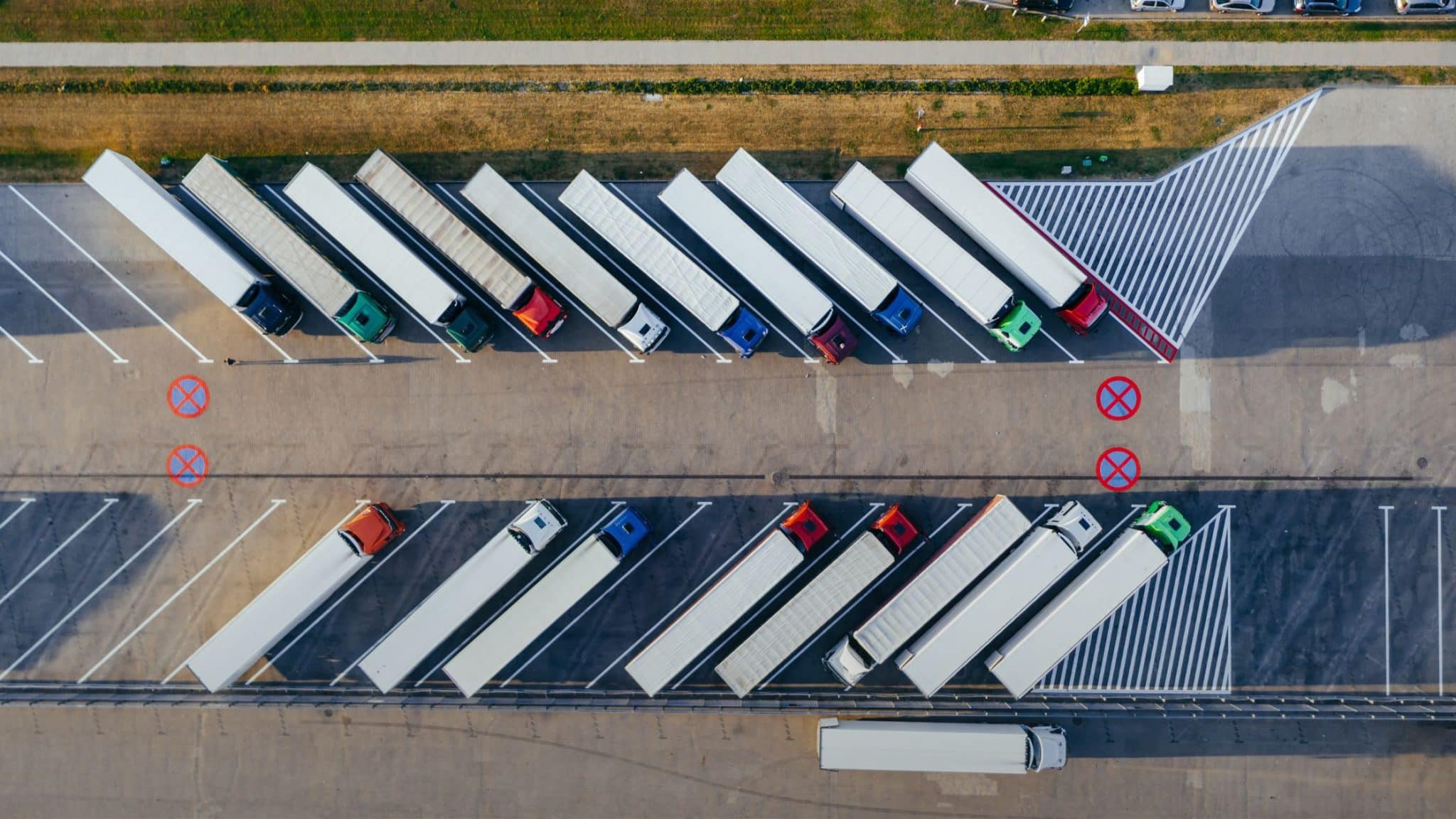Bengaluru, India – January 6, 2025 – Redseer Strategy Consultants has released a comprehensive study on the evolving trucking sector in India, shedding light on its crucial role in the nation’s logistics ecosystem. The analysis reveals that India’s trucking industry, valued at $170 billion in Fiscal 2024, is poised for significant growth, with an expected 8-9% CAGR between 2024 and 2028. With 12.5 million trucks and 3.5 million drivers on the roads, trucking continues to dominate the logistics space, contributing to 46% of the country’s freight movement.
This growth is driven by increasing consumption, expanding production capacities, and the rising need for seamless, point-to-point connectivity across industries, agricultural hubs, and urban centers. However, despite its foundational importance, the sector faces challenges such as inefficiencies, fragmentation, and a lack of advanced digital infrastructure—issues that demand urgent innovation and strategic solutions.
Fragmentation and Challenges in India’s Trucking Industry
India’s trucking sector is characterized by significant fragmentation, with around 75% of truck operators owning fewer than five vehicles. This fragmentation arises from operational hurdles such as difficulties in securing loads, managing payments, overseeing fleet maintenance, and handling working capital. These inefficiencies limit the sector’s ability to scale effectively.
The sector is deeply embedded in Bharat, extending far beyond metropolitan areas into rural and semi-urban regions, which are home to 65-70% of the country’s population. These regions play a critical role in agriculture and manufacturing, as trucking networks are essential for moving goods from farms to markets and industrial hubs. However, the widespread geographic presence of operators complicates the industry’s operational landscape, with many facing challenges such as low digital literacy and limited access to modern tools.
Key Structural Challenges:
- Reliance on Intermediaries: Truck operators depend heavily on brokers and intermediaries, leading to inefficiencies and inflated costs.
- Cash-Based Operations: Predominantly cash-driven, the industry struggles with transparency and financial inclusivity.
- Low Digital Adoption: Digital tools, critical for route optimization, fleet management, and cargo tracking, remain underutilized.
- Fleet Management Inefficiencies: Lack of proper maintenance and tracking systems leads to high operational costs and environmental concerns.
The Growth Opportunity
While India’s trucking industry faces several challenges, it also presents a wealth of untapped opportunities for businesses, investors, and technology-driven platforms to step in and drive meaningful change. With the industry’s ongoing transformation, there is considerable potential to capitalize on areas that remain underserved and ripe for innovation. As digital tools continue to gain traction, the following areas stand out as key drivers for growth:
- Telematics and IoT: Telematics adoption in India’s trucking sector is set to grow, with vehicle tracking penetration rising from 20% in FY21 to 40-45% by FY24. These systems, projected to generate $400-410 million in revenue by FY24, optimize fleet use, cut fuel costs, and enhance efficiency through real-time monitoring.
- Digital Freight Platforms: The digital freight market in India is still in its early stages, with less than 2% penetration. However, these platforms, which connect shippers directly with truck operators, are gaining momentum. By reducing the reliance on intermediaries, they lower transaction costs and improve load-matching efficiency.
- Digital Payments: With toll and fuel payments making up 80% of truck operators’ expenses, digital payments are transforming the sector. The market is expected to grow from $470-490 million in FY24 to $850-910 million by FY28, at a CAGR of 16-18%. FASTags and digital fuel cards streamline payments, reduce leakages, and improve cost control.
- Vehicle Financing: The used commercial vehicle financing market in India is valued at $54-56 billion in FY24. Traditionally dominated by unorganized lenders charging high interest rates, this market is shifting toward digital financing platforms. These platforms leverage data and analytics for credit assessments, enabling affordable loans for truck operators.
Key Success Factors for Digital Trucking Platforms
To capitalize on the potential of India’s trucking industry, the Redseer Strategy Consultants report suggests that businesses must focus on a few crucial success factors. Technology-driven scalability is one of the most important factors. By adopting advanced tools like IoT and telematics, digital platforms can streamline operations, optimize fleet management, and reduce costs, driving efficiency across the sector.
Additionally, building trust through a physical presence is key. While digital tools provide scalability, on-the-ground support in rural areas will help bridge the gap and ensure truck operators trust and adopt these solutions. A hybrid “phygital” model, combining digital convenience with local support, will be crucial for success.
Lastly, the opportunity to offer integrated end-to-end solutions cannot be overstated. By providing a one-stop platform for toll payments, load matching, vehicle financing, and more, businesses can create significant value for truck operators, improving both unit economics and customer loyalty.
Rohan Agarwal, Partner at Redseer Strategy Consultants, remarked, “India has the second-largest road network in the world, forming the backbone of our logistics sector. Our trucking industry is not just a logistics powerhouse, but the fundamental support system of our economy. By embracing digital transformation, we can unlock unparalleled growth opportunities while empowering millions of truckers. This journey is about more than just economic progress—it’s about building a more efficient, inclusive, and sustainable future for the entire industry.“
A Vision for the Future
As the country continues its rapid economic ascent, coupled with advancements in digitalization and infrastructure development, the trucking sector is poised for significant opportunities. While challenges remain, especially due to its fragmented structure, digital platforms that streamline operations, reduce inefficiencies, and offer integrated solutions will be the key drivers of this transformation. These platforms have the potential to capture a large market share by encouraging a more efficient, organized, and data-driven ecosystem, ultimately shaping a more robust and sustainable trucking landscape in India.

